Fiction Studios is a boutique recording studio located right in the heart of London, fully equipped for recording, mixing and mastering while also available to hire for Voiceover and ADR recording.
The studio was set up by brothers Dominic and Nathan Cooper in 2016; Cooper is best known for his role in the film adaptation of ‘Mamma Mia’ while Nathan was a member of THE MODERN and today performs as KID KASIO.
Combining Dominic’s experience in the acting field and Nathan’s background in music production, the air conditioned studio caters for bands, musicians and voiceover artists. The studio also features an array of classic analogue gear which ELECTRICITYCLUB.CO.UK decided would be a good reason to visit and challenge Nathan Cooper to a round of Vintage Synth Trumps…
First card today and it’s a Korg Mono/Poly…
I’ve got the plug-in! My friend’s got a Mono/Poly and he swears by it, we were in a band together when we were young…
…I thought you were young? 😉
Yeah! *coughs*
His name’s Gabriel Prokofiev, we both got into synths at primary school and we’ve both built up a collection over the years. I’m quite jealous of his collection, there’s a few he’s got that I haven’t and the Mono/Poly is one of them.
What was the first synth you owned?
It depends if you want the first good one or the first keyboard? My first keyboard was a Yamaha PSS-110, I found one again recently on eBay and thought I’d buy it on a whim… it’s awful! It’s got these samples of a dog bark and cat meow and what’s supposed to be a cuckoo! *laughs*
So it was more like a toy?
Yes, so I followed that up with a Casio SK1 when I was about 10-11 which had a sampling thing in it, so that you could burp into it and play ‘Happy Birthday’ out of burps! *laughs*
But my first proper synth was when I was 14, I begged my mum to buy me what I wanted, which was a Roland Juno 60. In those days, you went to ‘Loot’ magazine… this was at a time when they were really cheap because everyone wanted a Roland D50 or Korg M1.
I would say it’s the same one I own now, but it isn’t… sadly in the early 90s, I was recording in Ezee Studios with Toyah and MARILLION’s producer Nick Tauber. He told me to leave the synth there as we’d be back in a couple of weeks. But the session got put back and put back and we didn’t go back for nearly a year, so when I finally returned it was gone! I was heartbroken! A lot of people just stared blankly when I asked where it was, we couldn’t trace where it had gone. The one I replaced it with, I’ve had now for a fair amount of time.
The Juno 60 is a robust old thing isn’t it?
Every synth I have at Fiction Studios has at some point, needed to be completely refurbished, apart from the Juno. It never goes out of tune! The only thing that ever happened to it, was when I was touring with THE MODERN and I snapped one of the keys while I was loading it back onto the van. It was after a horrific gig at an indie venue called ‘Filthy McNasty’s’ which was where THE LIBERTINES were signed, so God knows what we were doing there! *laughs*
What I really wanted was an Oberheim or a Jupiter 8, but that was out of my range, so the Juno fitted in the budget for a birthday present. I know Howard Jones used one and it was analogue so that was it.
OK, next card!! What are the chances, it’s a Juno 60!!! *laughs*
When I set up Fiction Studios, I was lucky to be loaned some of my dream synths like the Oberheim OBXa. I also have the Prophet 5 which I saved up for ages for, but having said that, the go-to synth is still the Juno 60, it’s still used in my KID KASIO stuff more than anything else.
Maybe it’s because I know it so well and all the patches on it were programmed by me, but there’s something about the interface on it, it’s just so easy to manipulate, it does what you want it to do, to fit into the track. Having said that, you get less happy mistakes with it though. I guess because I know all the sounds on it so well, so it rarely does anything that truly surprises.
Now, here’s a monster on the next card, a Yamaha CS80!!
That’s the dream isn’t it? I’d love one! I have the Arturia softsynth version. I always think of VANGELIS, the ‘Blade Runner’ soundtrack and Stevie Wonder who used it a lot. It’s one of those synths that’s got a ‘sound’ to it with that ribbon controller.
The ribbon controller is an interesting point as the Polymoog had one too and I’m assuming that kind of controllability is very difficult to simulate using software?
Yeah, totally! It’s why I use as much hardware stuff as I can because when I’m using mod wheels, pitch bends and stuff, I’ll programme the part in MIDI and then have the part playing through the synth while tweaking it and then I’ll record the sound onto the computer, adding any kind of modulation manually. Because you’ve got that tiny bit of human touch to it, that is what people kind of connect to. Although it’s still synths, it’s got some human authenticity to it. You can use pitch bend and stuff with softsynths but you don’t get that same interaction. And I think that can make or break a sound sometimes.
I remember on one of my KID KASIO tracks ‘Full Moon Blue’, I was using a harmonica sound from a Yamaha DX7 but it wasn’t quite sounding right, and everyone said I needed to use a breath control; so you put this thing in your mouth and plug it into the back of the synth and it will change the sound as you blow. I love things being electronic and mechanical but sometimes if you add something like that, it adds that human element to it. There’s something about humans AND machines.
So why set up a studio when today, someone can grab hold of a laptop, get GarageBand and do everything there? Why does anyone out there need somewhere like Fiction Studios?
Good question… because many softsynths are now based on old analogue ones, it’s got people hankering after the authentic sound, even though softsynths do a really great job.
I think most people are aware the original sounds are better, but people can’t get their hands on them and they are expensive these days; a lot of people don’t have the room for them as well.
So in the current environment where synthpop is popular, there is a market for people coming in and wanting to play around with the old synths and run their ideas through some classic analogue flagship gear. It’s nice in that sense that people can do that. Some people often just want another pair of ears so if people want me to produce something, I can listen to what they’ve done and steer it in a certain direction.
Modern music has become very inward because of home recording…
Yes, it’s become very introspective. You can get something sounding good on GarageBand and get it up to a professional level but you always need someone else, that’s why all KID KASIO albums are mixed by Adrian Hall because I need that extra pair of ears, he can hear stuff that’s clogging up the track that I’ve been too entrenched in to notice.
So that’s why a studio with an in-house engineer or producer is great to make professional sounding tracks, or they can use the synths to produce their own stuff.
How did your most recent single ‘Drive (Some Kind Of Love)’ come about?
It was inspired by the film ‘Drive’ which came out in 2011; I’d just finished doing the ‘Tamara Drew’ soundtrack with Ben Todd and ‘Drive’ really blew us both away. We thought it would be great to write a song that could stylistically fit into the film. We performed it live and realised it went down pretty well. So that’s why I decided to release it.
When it was being mixed, I gave Adrian some reference points which were ‘The Boys Of Summer’ by Don Henley and ‘You’re The Voice’ by John Farnham. The track had this American vibe to it which a lot of my stuff doesn’t have, my sound is very Synth Britannia but for some reason, ‘Drive (Some Kind Of Love)’ just had this MISTER MISTER element to it!
I envisaged the video being filmed on an American highway in an open top car, but it ended up being done in London with me driving around in my Reliant Scimitar classic car and the video came out ok *laughs*
Looking at Fiction Studios, I’m amazed how spacious it is… what did you have in mind when you chose this location?
It is right in the heart of London, very few studios are now, normally you have to go to the East of London or the trendier parts, this is slap bang central. I was looking for a space with my brother and his accountants have got a firm on the fifth floor of this building. He mentioned to them he was looking for a location to set up a studio and they suggested their store room in the basement.
We came down to have a look and it was not what you would expect an accountancy firm’s store room to look… there were boxes of files but because this firm looked after actors, models and people in the entertainment industry, there was all this weird stuff there.
I was looking around and there were MTV and Nickelodean Awards for ONE DIRECTION!! The firm represented them! So there was a pile of their tour clothes and what was really sad was all their stuff that fans had given them was here! So there was this huge great portrait of Harry Styles staring at me that some fan had spent ages drawing! And it was down there gathering dust! *laughs*
Anyway, I noticed a library area that looked something out of Hogwarts from ‘Harry Potter’ and it was set up originally as a film set but never got round to being used. They offered to move it but I said not to as I could imagine bands hanging out in this bit because it had a really nice vibe.
The brickwork and features are all fake, but the 6000 old books are real! Occasionally you’ll pick a book out and it’ll be from the 1850s. So it’s great for inspiration, and what I’ve found I’ve done recently is I’ve been tidying up, looked up at the shelves and see the spine of a book that has the title of a song I’ve just written! It’s very weird!
And there’s no curfew or restrictions on the time of day an act can use the studio?
No, people have booked Fiction Studios until very late at night and it has 24 hour concierge so you can come and go when you please.
You have your synths but you are equipped to record acoustically as well, was this important in the viability of the studio?
Yes, the drum kit has been put near the library area. I would happily just set it up as a synth studio but I was looking into this as a business, so I didn’t want to close it off and make it accessible to everyone. And it’s worked the other way, I haven’t really had enough synth acts in here! I’ve had indie bands, opera singers and everything here so it’s been really interesting *laughs*
So, time for another card, an Oberheim 2 Voice…
I haven’t got a 2 Voice but I’ve been really lucky recently to accquire an OBXa, which was one of my dream wants because I’m a big fan of Richard Barbieri from JAPAN, where they used the similar OBX and Prophet 5. There’s just a sound about the OB series; since getting one I’ve actually come to really respect Richard Barbieri’s work because it’s not as easy as turning it on and having those sounds.
You can find them when you tweak but it’s hard, and makes me realise he was a bit of a genius when it came to that stuff. How I came to acquire it is one of those funny things, I was at a party and I got chatting to a guy called Ian Merrylees who is a TV Editor.
He said “I’ve got a few synths at home”. Now nine times out of ten with these types of conversations, it turns out the synth is a Casiotone… so I asked him what they were and he said “one’s an Oberheim” and I’m like “WHAT?”
It had been in his loft for fifteen years… so I went round to his house to have a look, and not only did he have an OBXa, but he had a Prophet T8 as well! He wanted to see them used, and he very kindly loaned them to Fiction Studios, although they needed loads of servicing… I needed about four people to carry the T8 into the car, it’s a real monster! *laughs*
What other synths do you have here at Fiction Studios?
As well at the Oberheim OBXa, Prophet 5 and Prophet T8, there’s a Crumar Performer which after the Juno 60 is my most used synth, the SH101, Yamaha DX7, Korg MS2000, Korg DS8 and a Korg Poly 800 which my band mate Chi in THE MODERN found in a skip!
My most recent addition to the synth armoury was from when Roland came down to the studio and were impressed with the look. So the deal is they will lend us anything if they can film in here every now and then, so I have been lent a Roland JDXa which Nick Rhodes of DURAN DURAN spearheads the campaign for. It has a really nice interface, it looks amazing.
It’s great for live because unlike the old analogues where you need a torch because you can’t see the controls, this has everything lit up really nicely and there are in-built effects so everything sounds nice straight out of the box.
You have two mixing desks here?
One is for bands to use when they rehearse in the live area, it’s an old Datum series made by Hill Audio who provided the desks for Live Aid.
I was keen on having an old analogue desk, so I got this Soundtracs IL36 32 channel mixer from a friend of mine who was downsizing. That’s the thing about these desks nowadays, no-one wants them, my friend just wanted it taken away, it took five people to lift it! But I love it because it’s got a great sound to the EQs, I run all my synths through it. I have a nice Focusrite pre-amp so that it sounds like those old Neve desks, it’s got a beautiful analogue sound.
I use Logic to record but if people want to use Pro-Tools, they can. I have a nice Neumann U87 microphone and an Avalon pre-amp so you can get a good vocal chain. The monitoring uses Genelec speakers so it’s all here for people if they want it.
Another card, an ARP Odyssey…
I was this close to getting the Korg remake last year and then the studio came up. So when there was the offer of these other synths and I was getting the studio set-up, I had to spend my money on other things. I’d like to get one because ULTRAVOX used it…
…you know Billy Currie’s just sold his?
Did he? Why would you sell it?
He did sell it for £8500!
Ah! That’s why you’d sell it! *laughs*
How much is the remake by Korg?
Don’t quote me on this, but I think it’s about £700 so it’s a lot cheaper than buying an old one and it’s got MIDI.
Now I see here you have a tape recorder AND a drum machine… *laughs*
The tape recorder is all rigged up and came into use recently. Dave Ball from SOFT CELL came in with some old ¼ inch tapes of demos recorded when he and Marc Almond were at Leeds Polytechnic. He wanted to find out what was on them in case there was any other stuff that hadn’t been heard before, and there was!
That was a great experience, he’s such a nice guy and one of my idols, so to sit there and go through this stuff first hand was amazing, This early stuff was almost punk and really out there lyrically, it was amazing how simplistic some of the synth lines were, that’s the beauty of them. The Oberheim DMX was kindly donated by a friend, I must give it back to him soon as I’ve had it for about ten years *laughs*
It’s got a brilliant kick drum, snare and clap sound which I use in almost everything I do but I tend to sample it rather than use it as a drum machine.
There are modern drum machines like the Roland TR8, but most people just use software, so is there a place for drum machines in recording today?
I think there probably is, but I still use loops quite a lot. Most people will use a programme in Logic for drum sounds called Battery where you can load up whatever vintage drum machine you want and play it on the keys of a synth, layering up the percussion framework into the computer.
I like the inspiration you can get from loops, I use a company that supplies them and you can pick one out by year. When you buy a particular year like say 1982, they send you a pack of a hundred loops played on the popular drum machines of that year in various tempos and stuff. So what I invariably do is use that as a basis and layer the sounds up with real ones from the DMX or a sample from a 12 inch single. The great thing about the DMX is that you can open it up and tune up each drum to the song via the dials inside.
When it comes to using a drum machine to programme, it’s quite fiddly and you end up recording it back into the computer anyway, so it’s a bit pointless. But it is nice to have it hands on.
Final card, it’s the Polymoog…
People say I haven’t got any Moogs in the studio but they’re one of those makes that I never got into. I want one, partly because Howard Jones had a Moog Prodigy but when I was young, I always associated Moog with the more proggy end of music and it sort of put me off *laughs*
It’s funny because Rodney Cromwell admits he’s “a Moog Snob”…
I guess it’s the difference between 1977-1980 which is more the lo-fi era of electronics where he comes from musically, while my stuff fits more into the more later end of synthpop 1982-1983…
Ah, the digitally stabilised analogue period…
Yeah, exactly *laughs*
Having said that, if anyone wants to donate a Moog synth? I do have all the Moog plug-ins but it’s just been one of those things.
So what are you up to at the moment musically?
Apart from producing an array of acts here at Fiction, I’m planning the video to the final release from my KID KASIO ‘Sit & Wait’ album. It’s going to be made up of old footage of me in bands from the 90s.
Also I’m putting the final touches to an EP of cover versions I’m releasing next year. And busy writing and recording for my third KID KASIO album.
ELECTRICITYCLUB.CO.UK gives its warmest thanks to Nathan Cooper and Fiction Studios
Fiction Studios is based at 22-24 Ely Place, London EC1N 6TE United Kingdom – for further information, please phone +44(0) 207 831 8177 or visit their website at http://www.fictionstudioslondon.com/
https://www.facebook.com/fictionstudioslondon/
https://twitter.com/fiction_studios
https://www.instagram.com/fictionstudios/
Vintage Synth Trumps is a card game by GForce that features 52 classic synthesizers
Text and Interview by Chi Ming Lai
18th August 2017, updated 11th February 2021

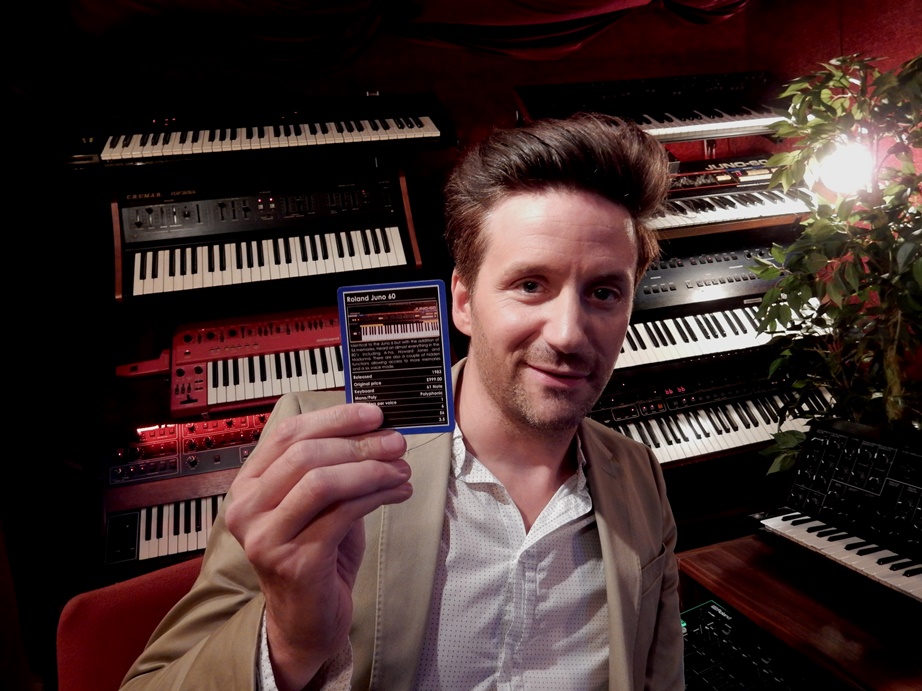
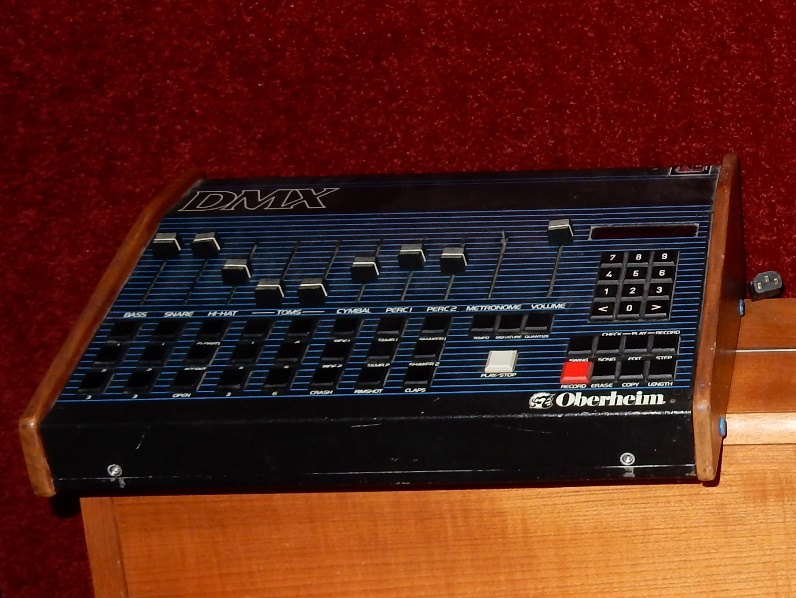
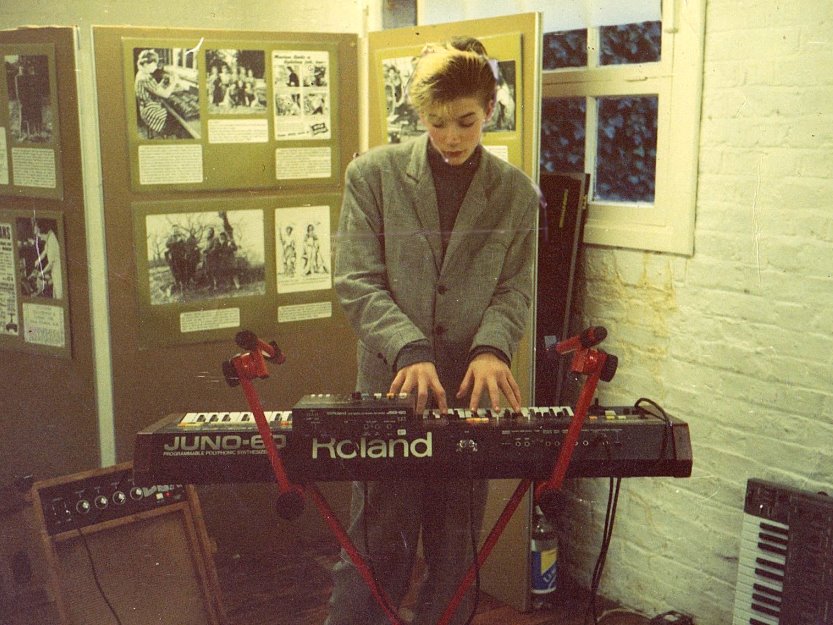
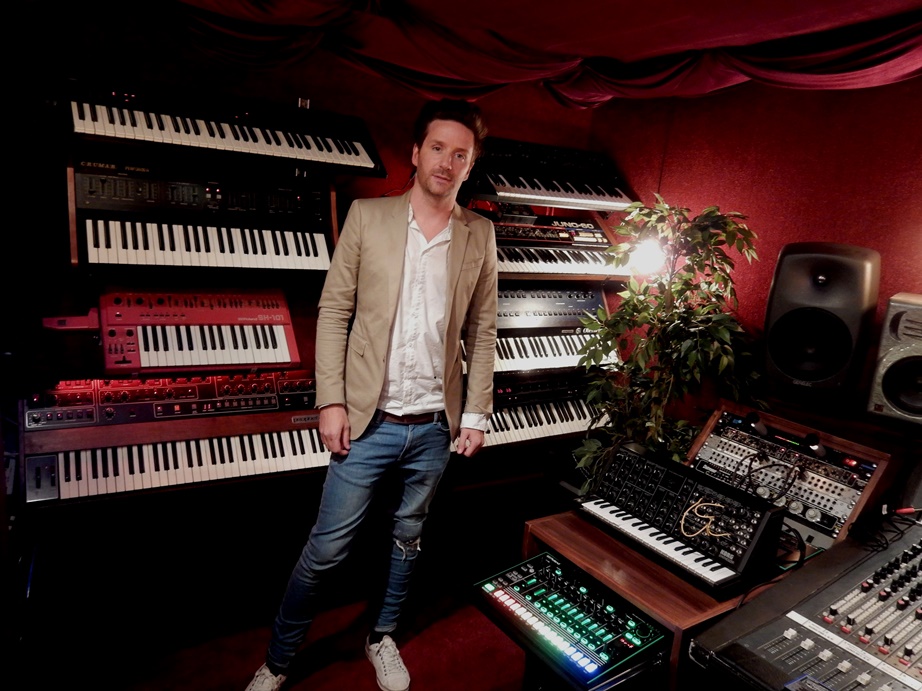
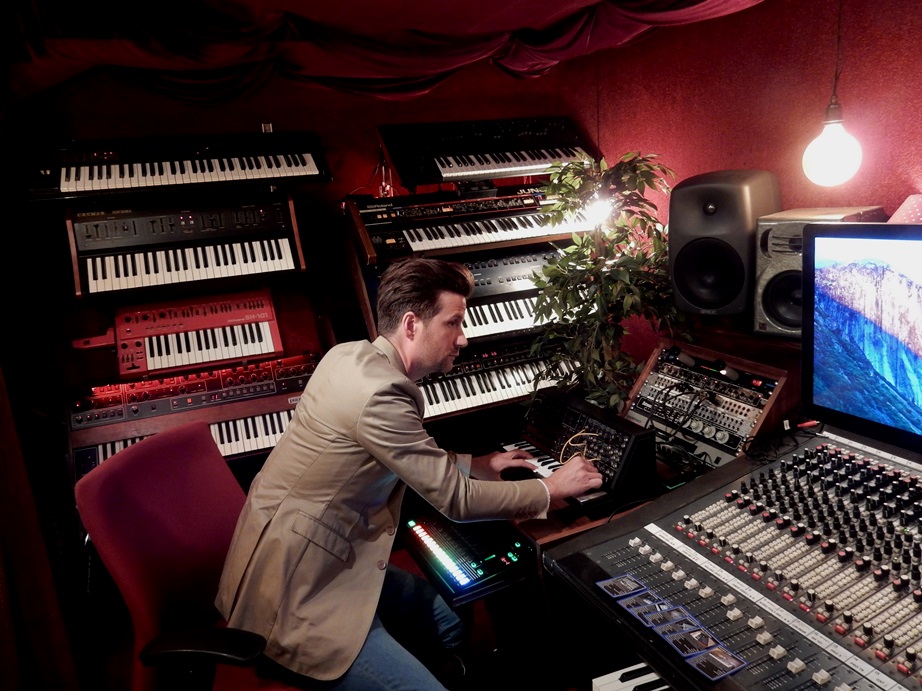
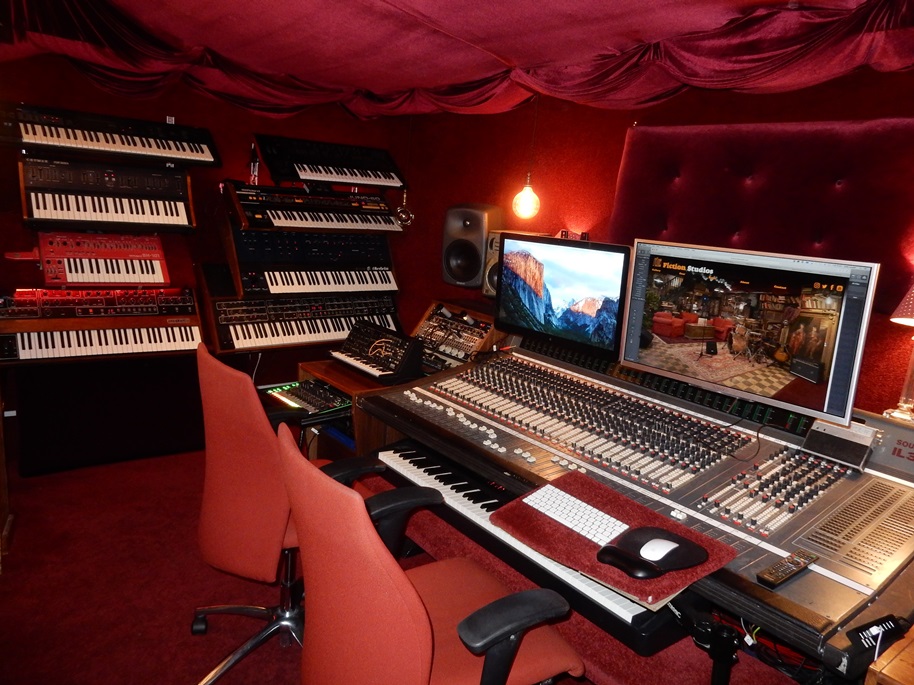
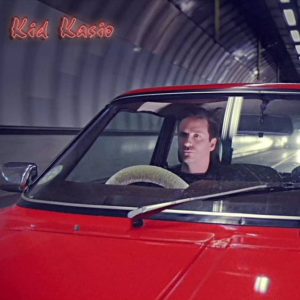
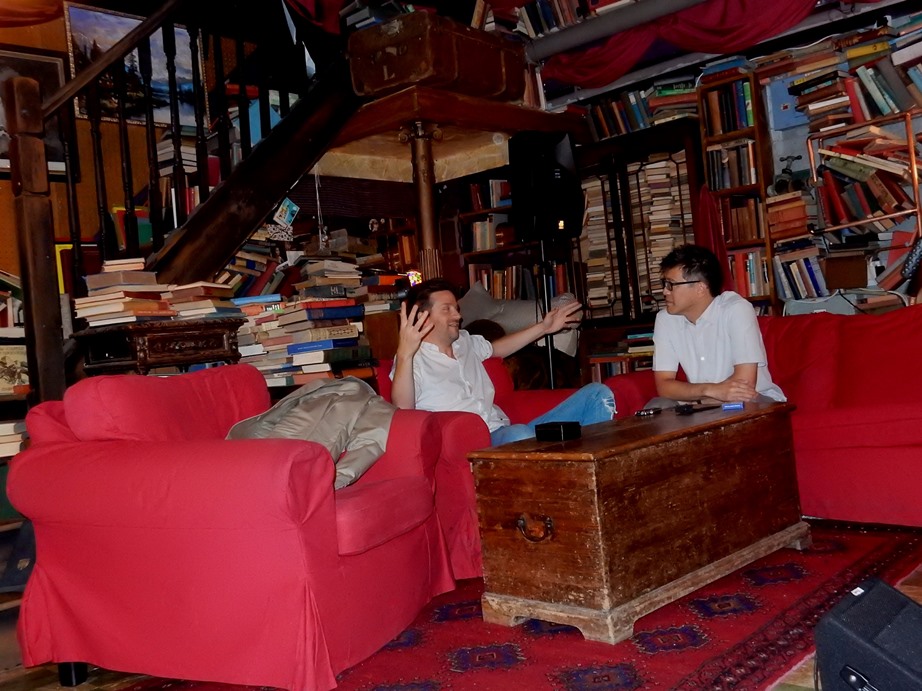
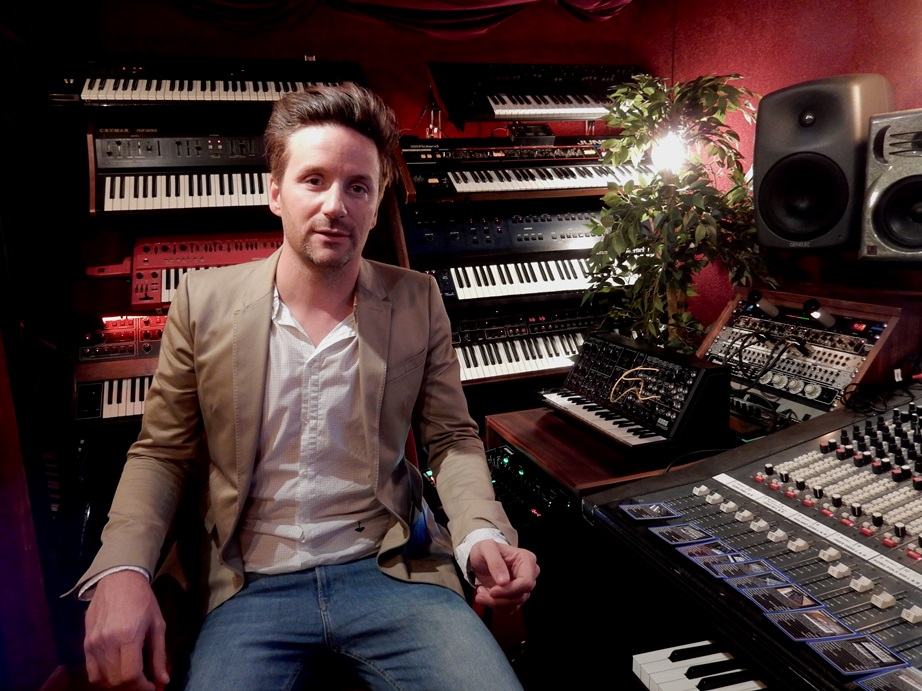
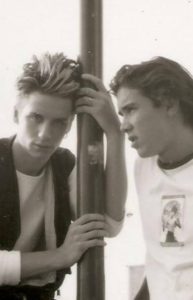
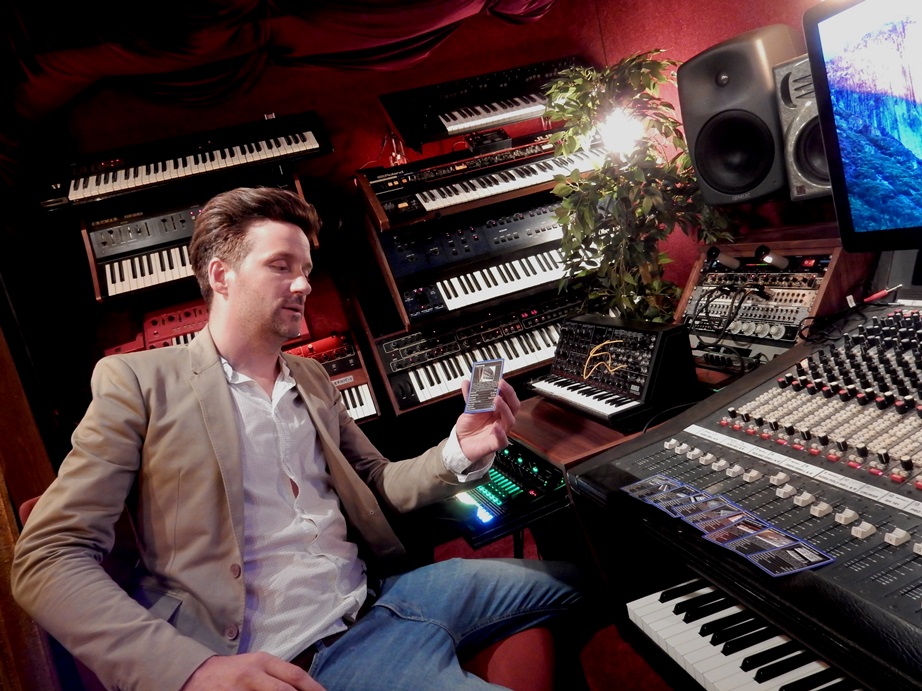
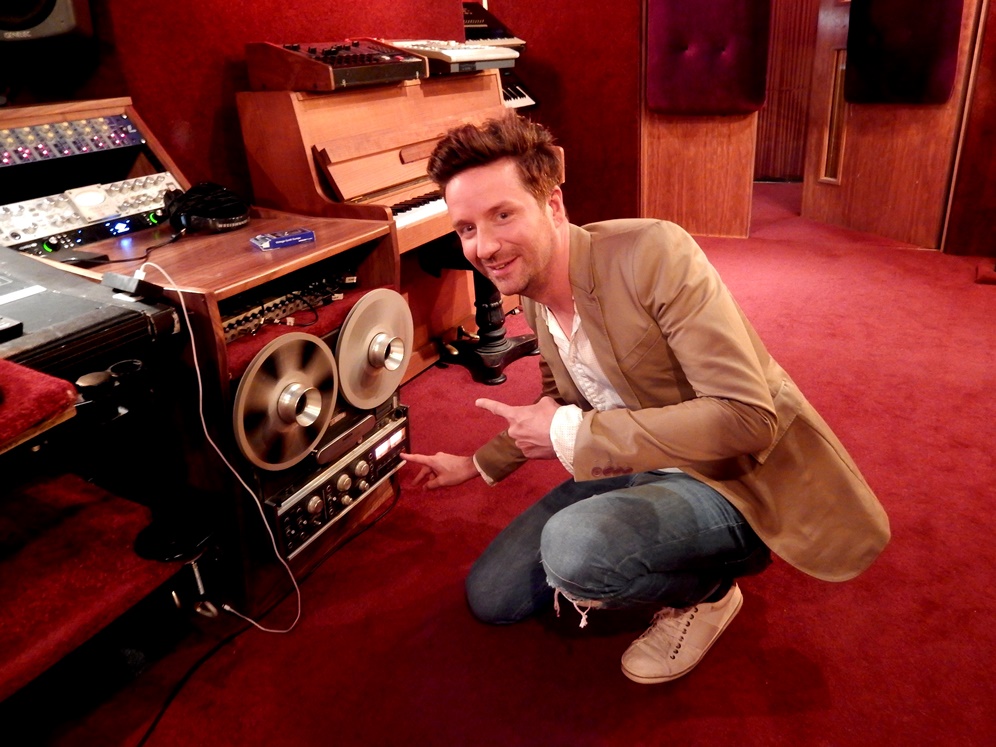
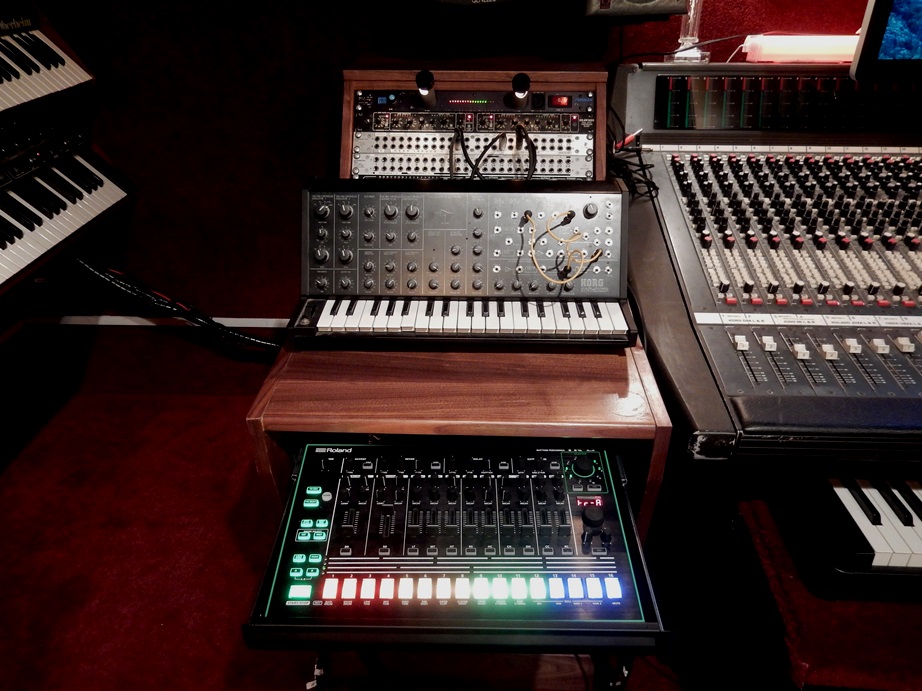
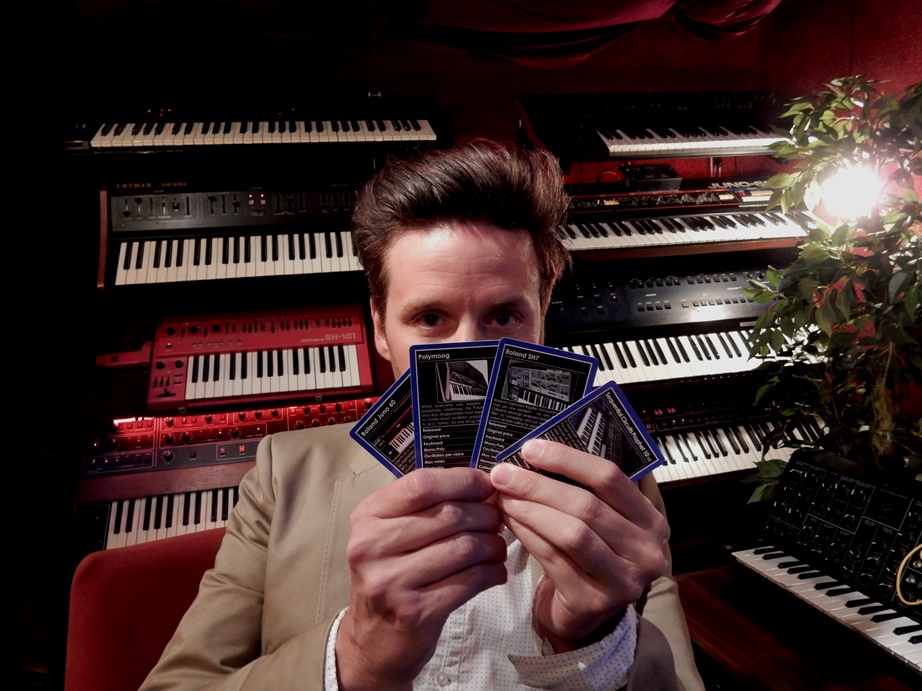
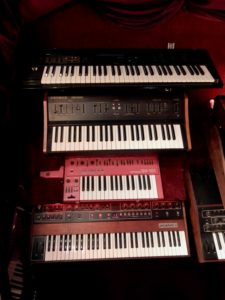
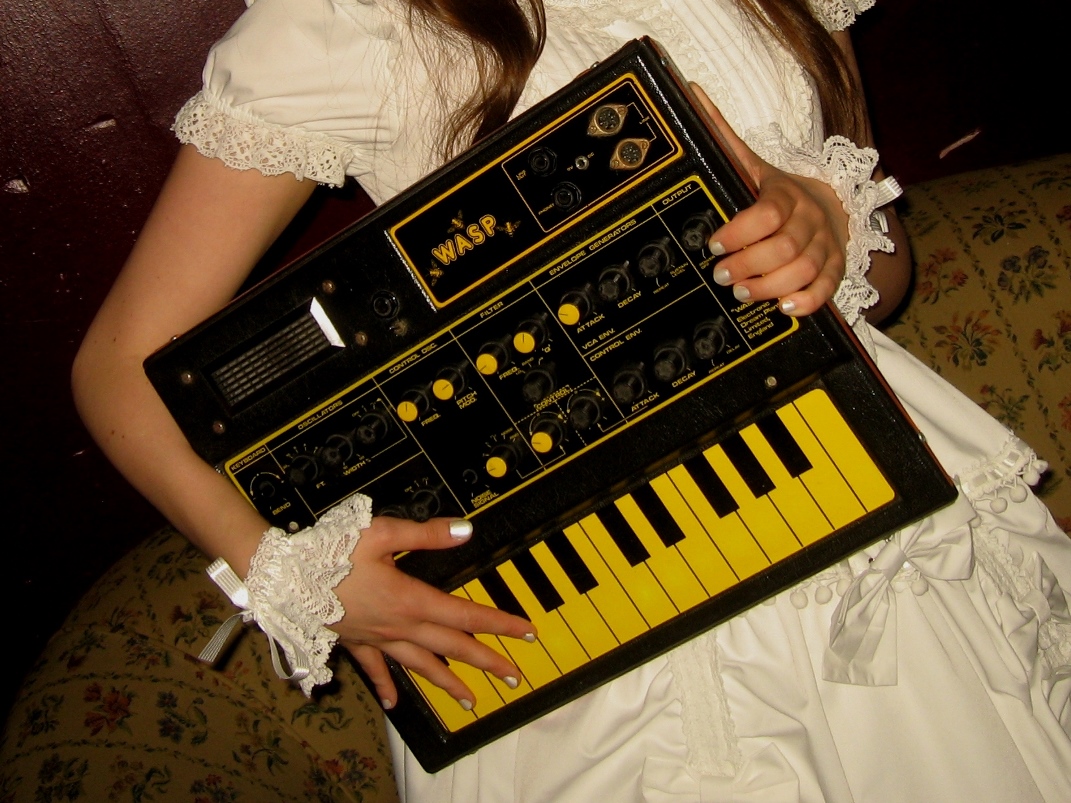
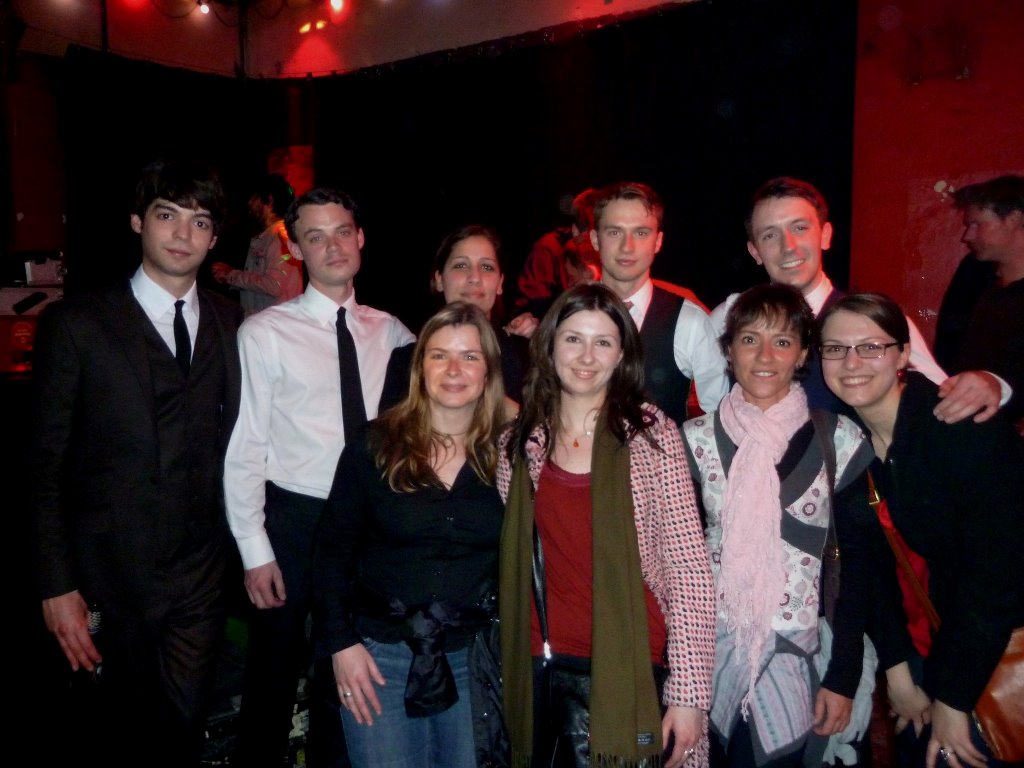
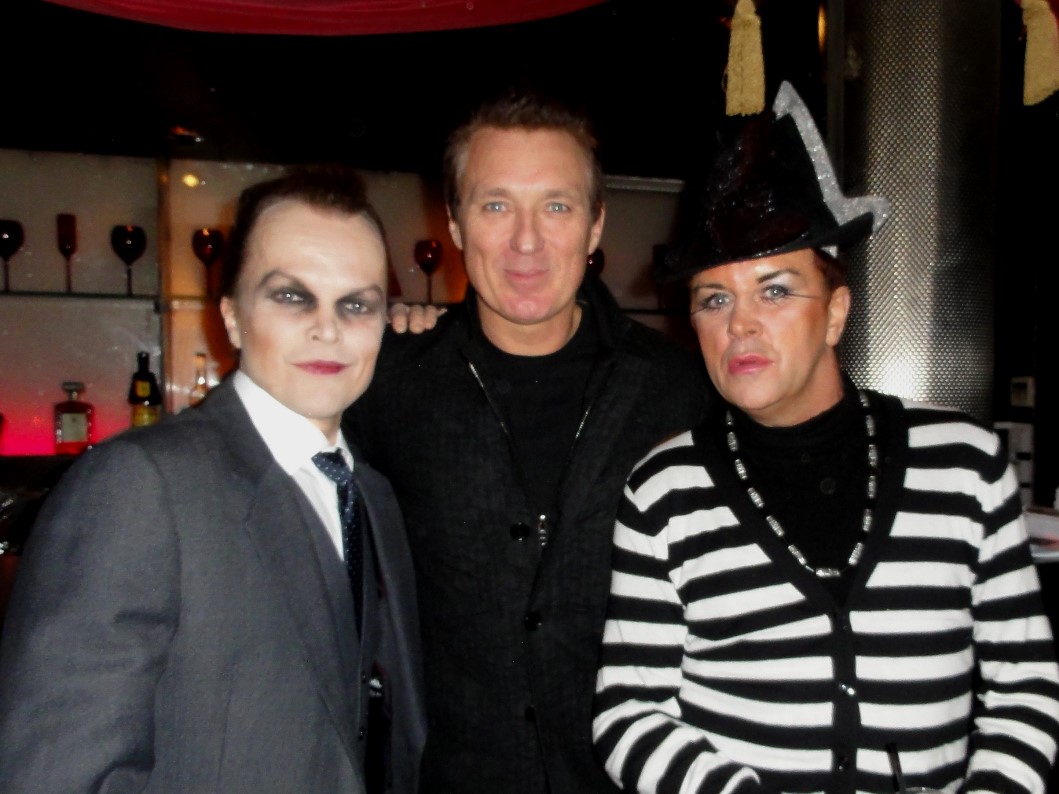
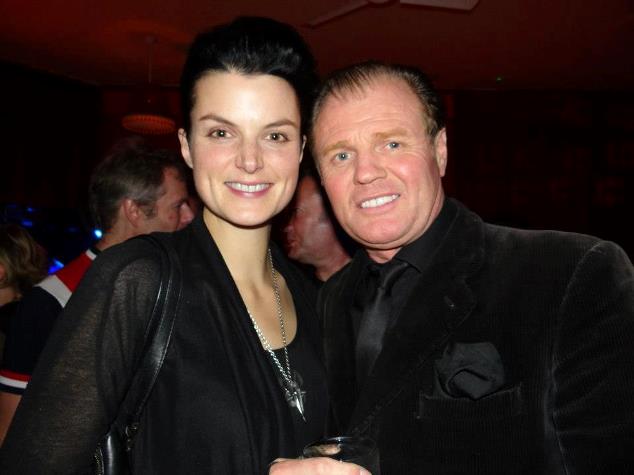
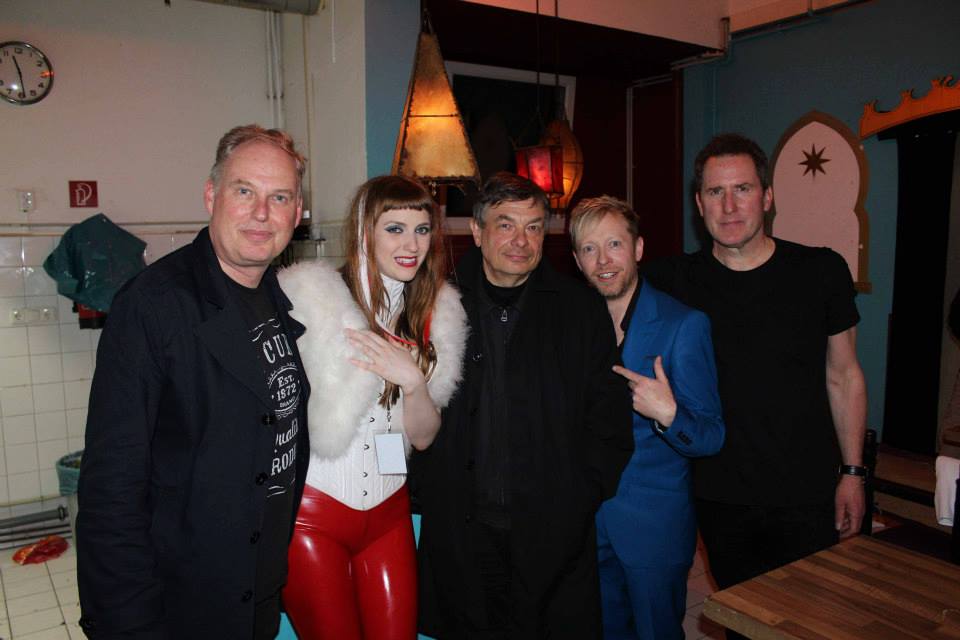
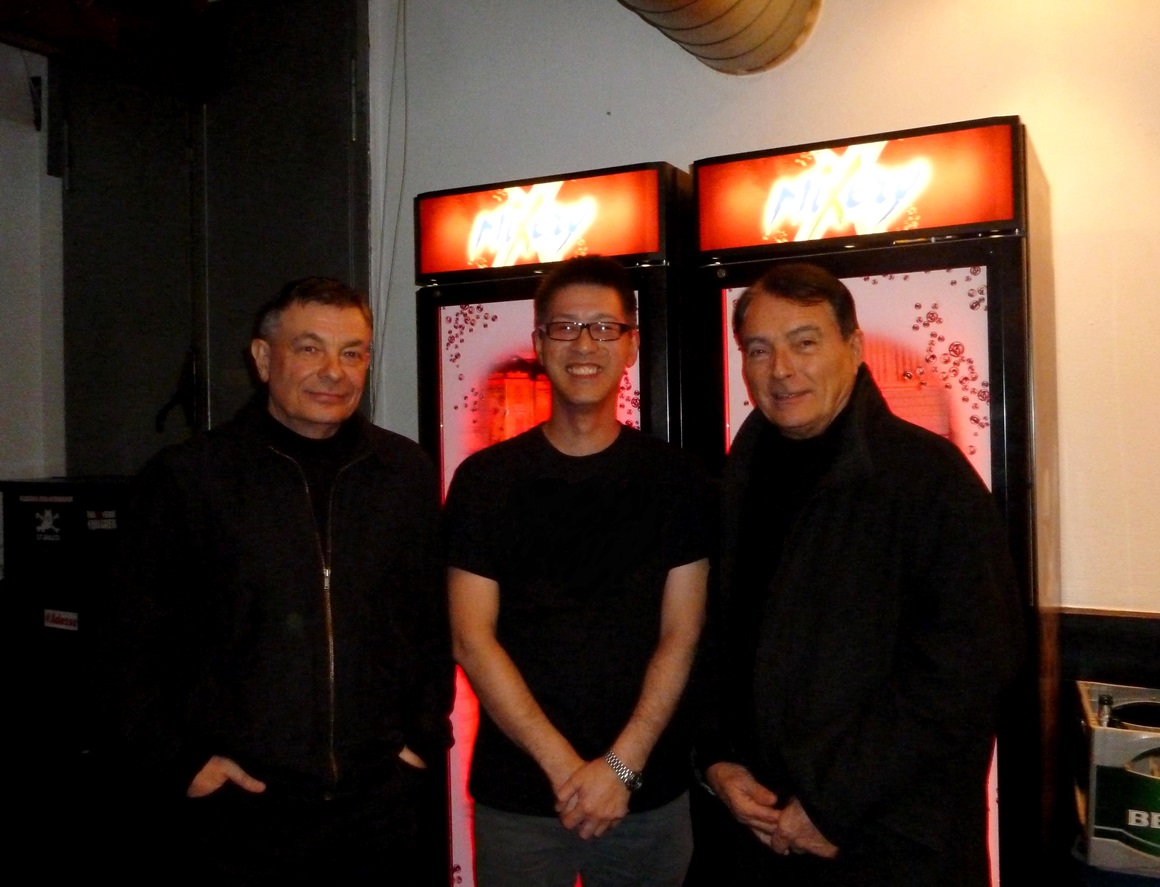
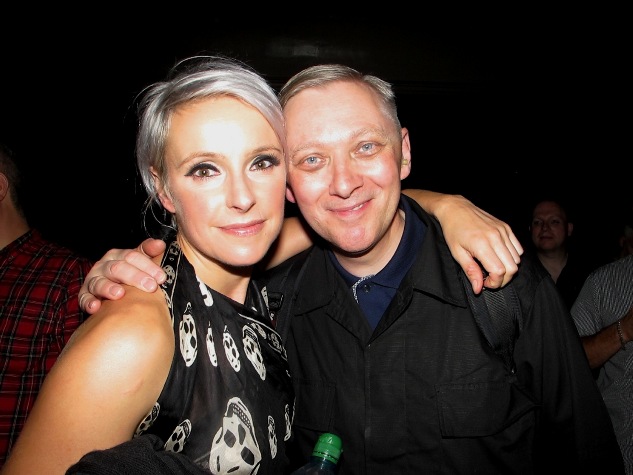
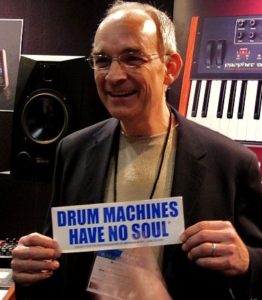
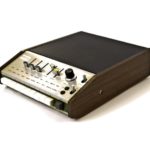
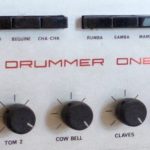
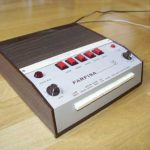
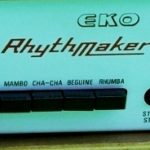
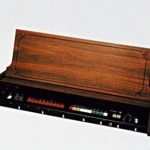
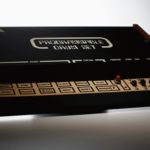
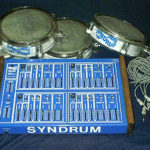
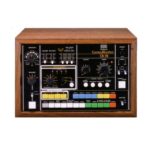
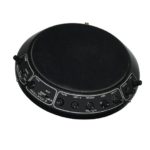 T
T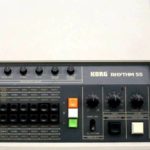
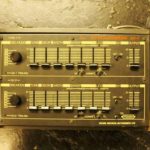
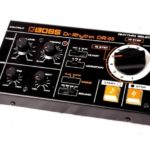
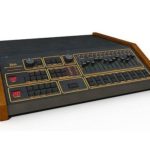 Using digital samples of real drum sounds, Roger Linn’s drum computer changed pop music with its logical programming capability. It gained prominence on THE HUMAN LEAGUE’s ‘Dare’ and HEAVEN 17’s ‘Penthouse & Pavement’. It was also used hand triggered by Steve Jansen for the clap and bass drum sounds on JAPAN’s ‘Tin Drum’. The first Linn did not actually have a crash cymbal sound because there was not enough memory in the chips. When it came out, it cost the same as a Renault 5!
Using digital samples of real drum sounds, Roger Linn’s drum computer changed pop music with its logical programming capability. It gained prominence on THE HUMAN LEAGUE’s ‘Dare’ and HEAVEN 17’s ‘Penthouse & Pavement’. It was also used hand triggered by Steve Jansen for the clap and bass drum sounds on JAPAN’s ‘Tin Drum’. The first Linn did not actually have a crash cymbal sound because there was not enough memory in the chips. When it came out, it cost the same as a Renault 5!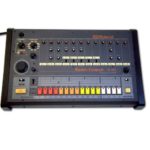
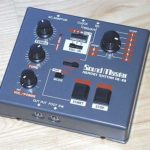
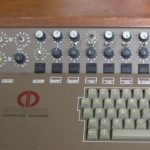
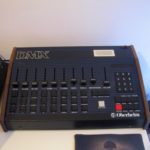
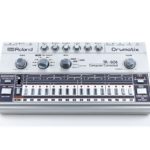
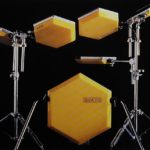
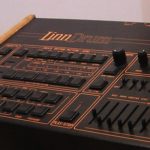
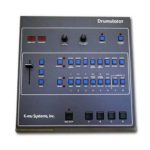
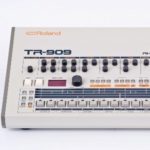
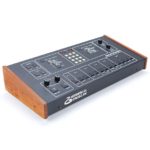
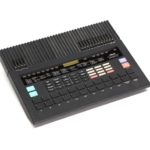
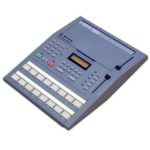
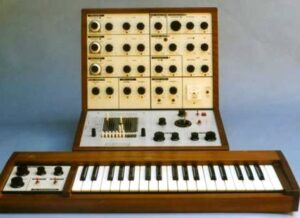
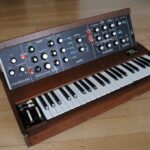
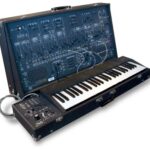
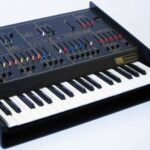
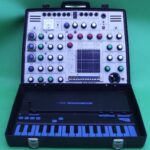
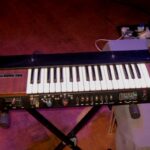
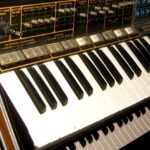
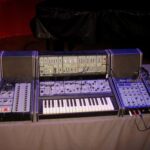
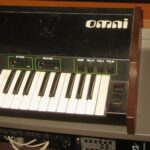
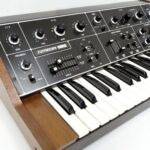
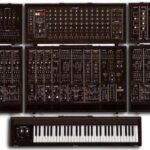
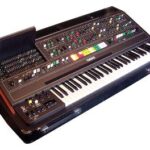
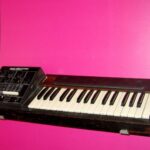
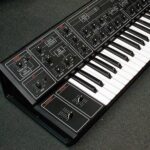
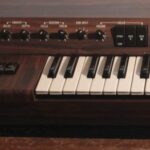
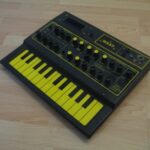
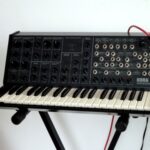
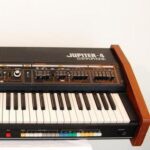
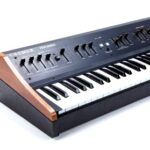
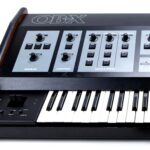
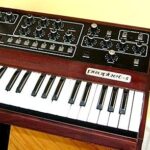
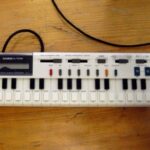
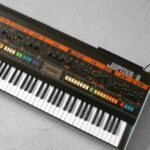
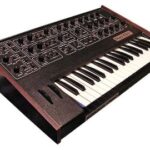
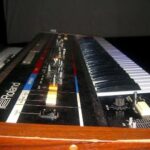
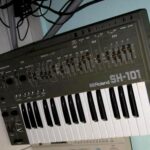
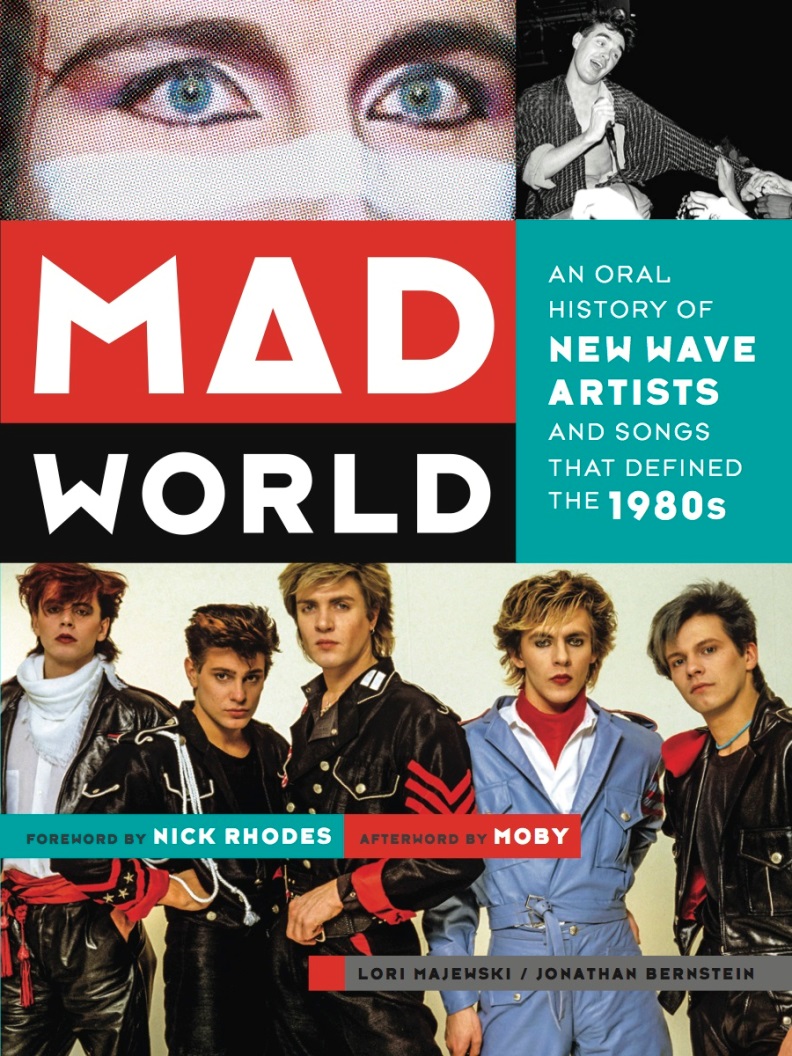
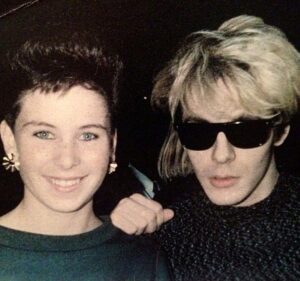
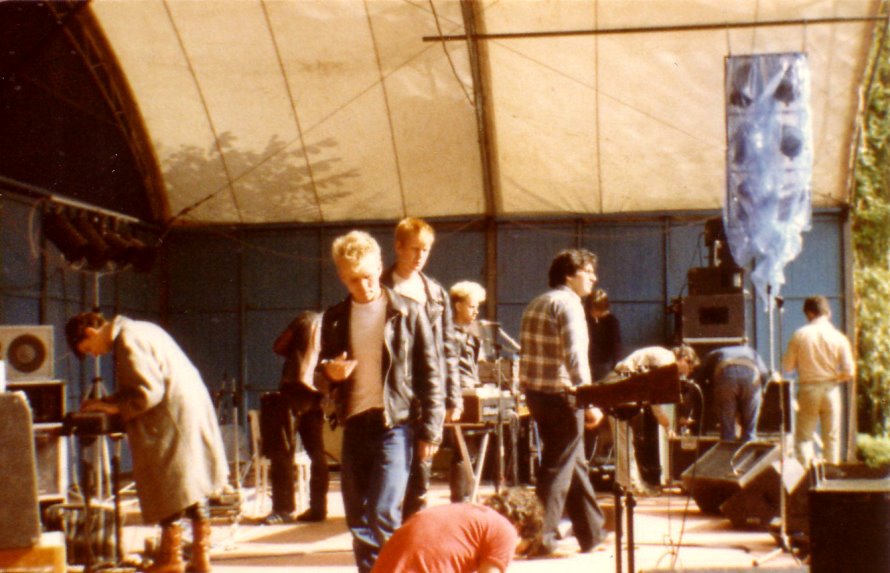
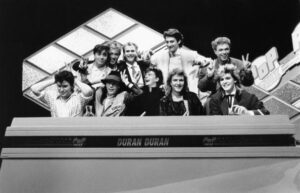
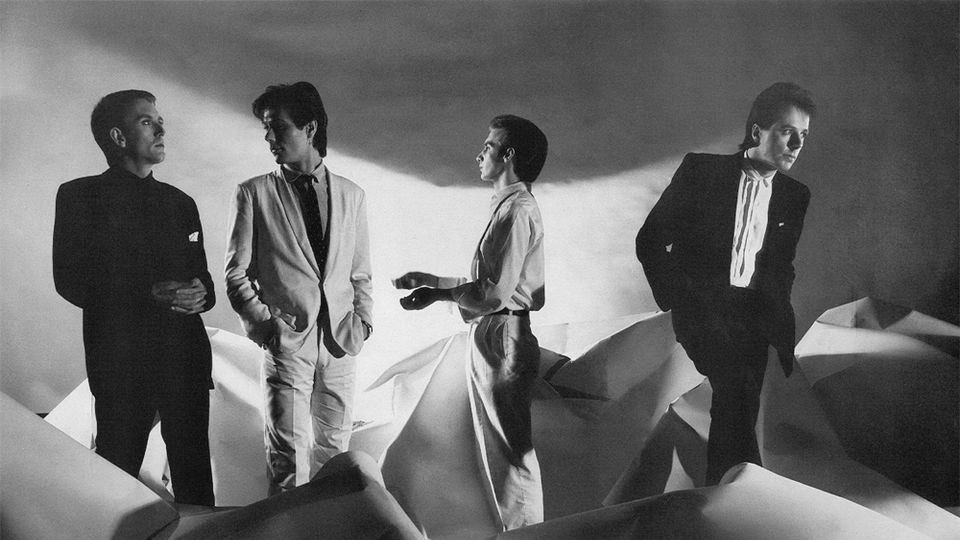
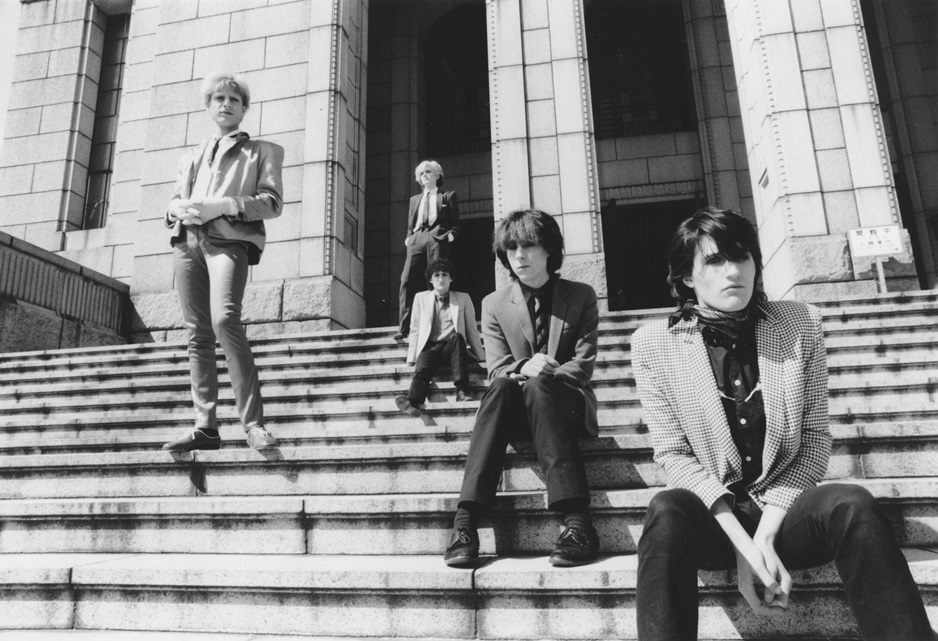
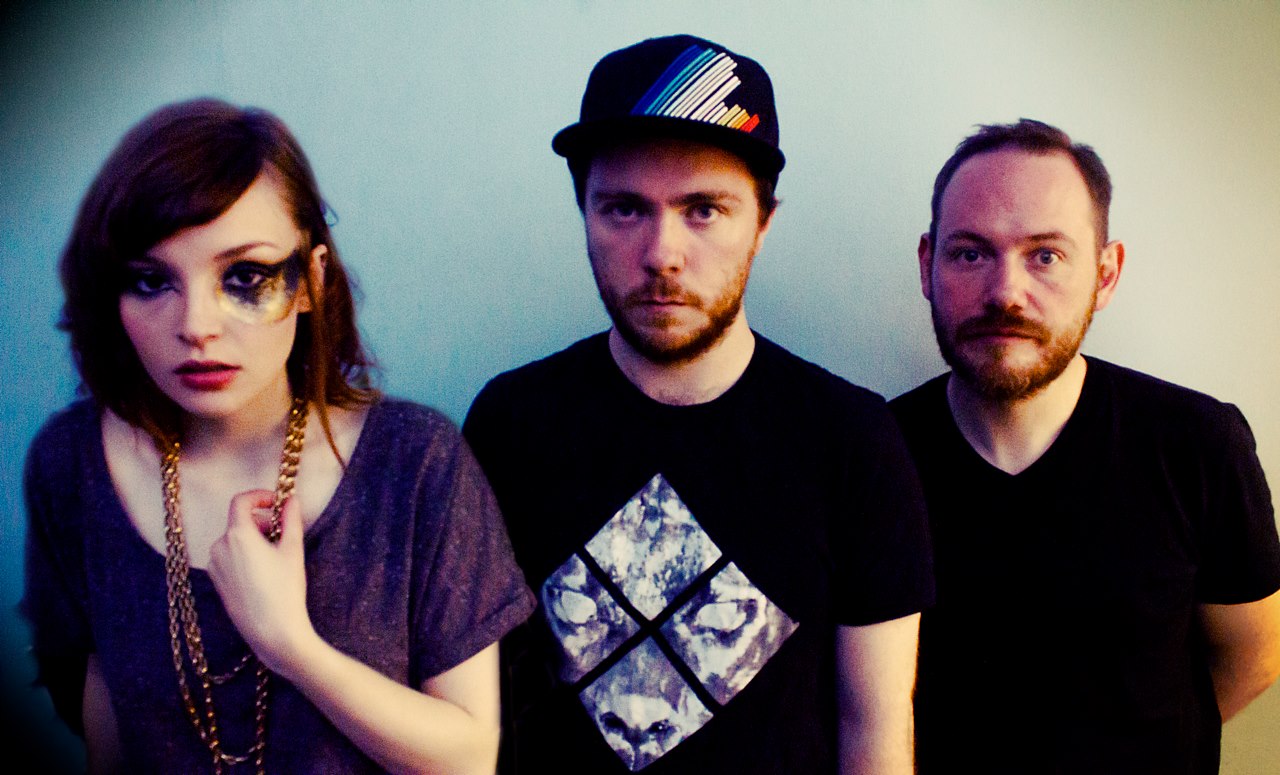
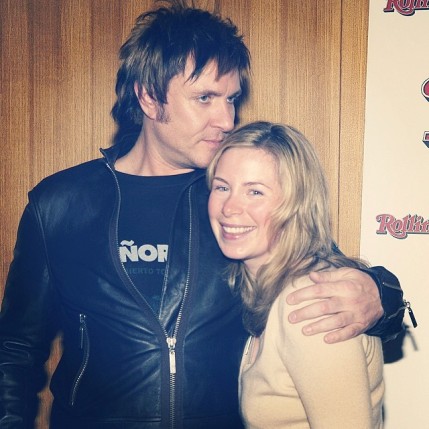
Follow Us!